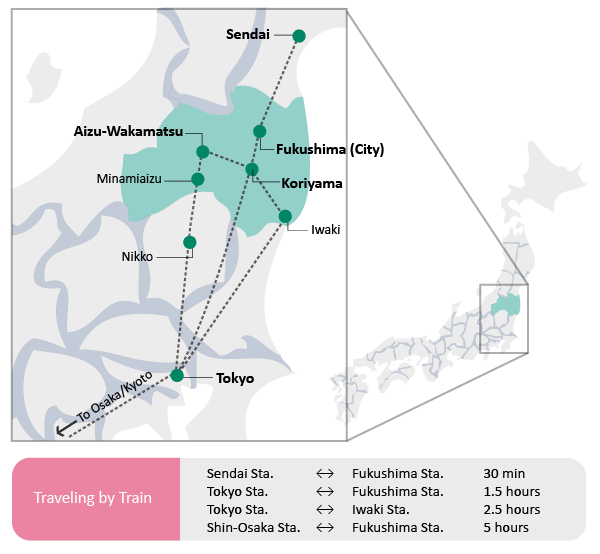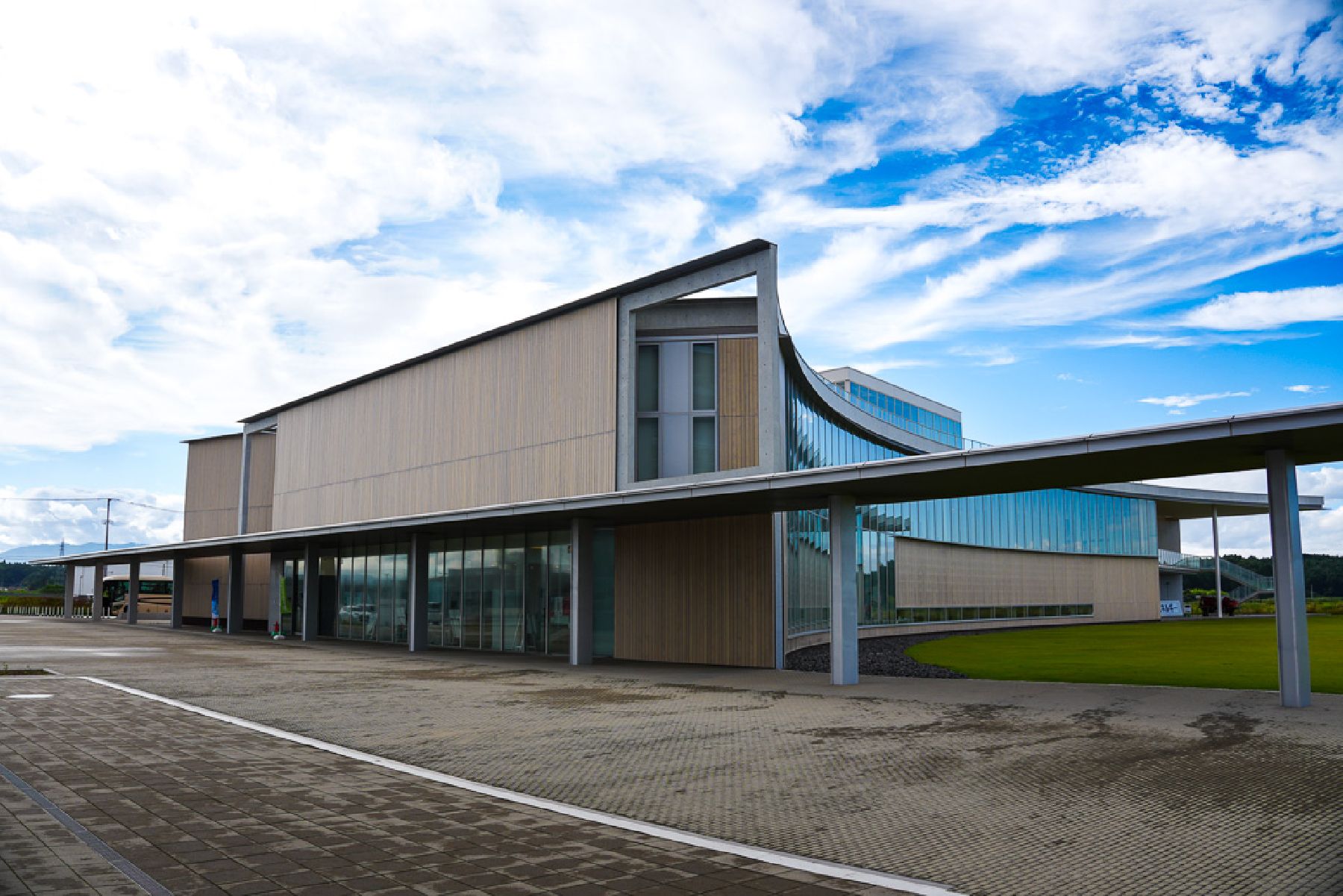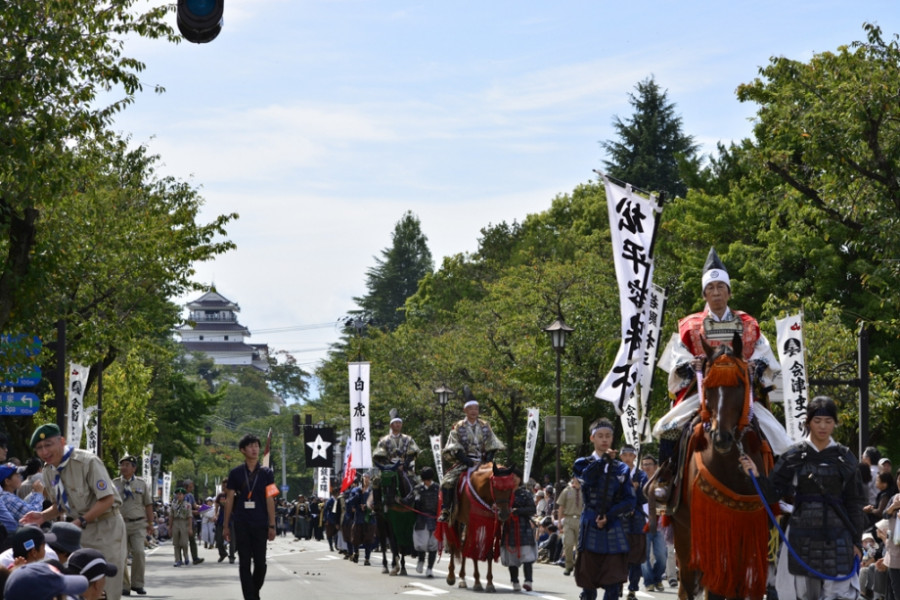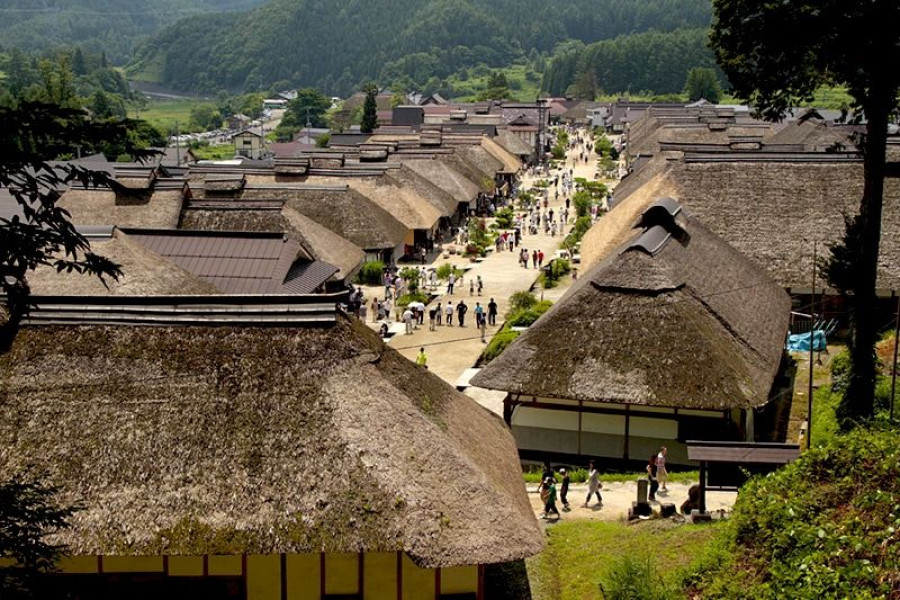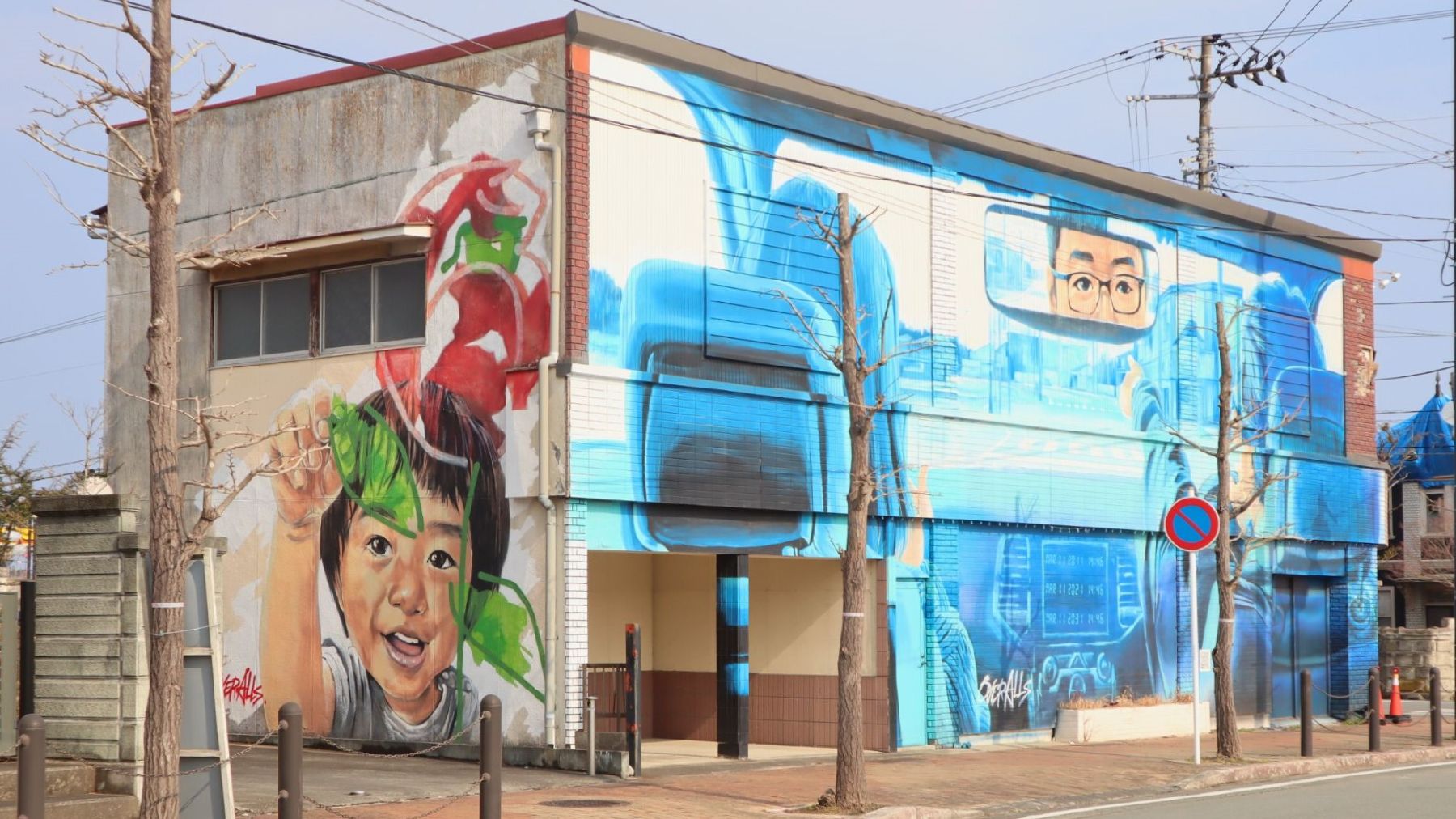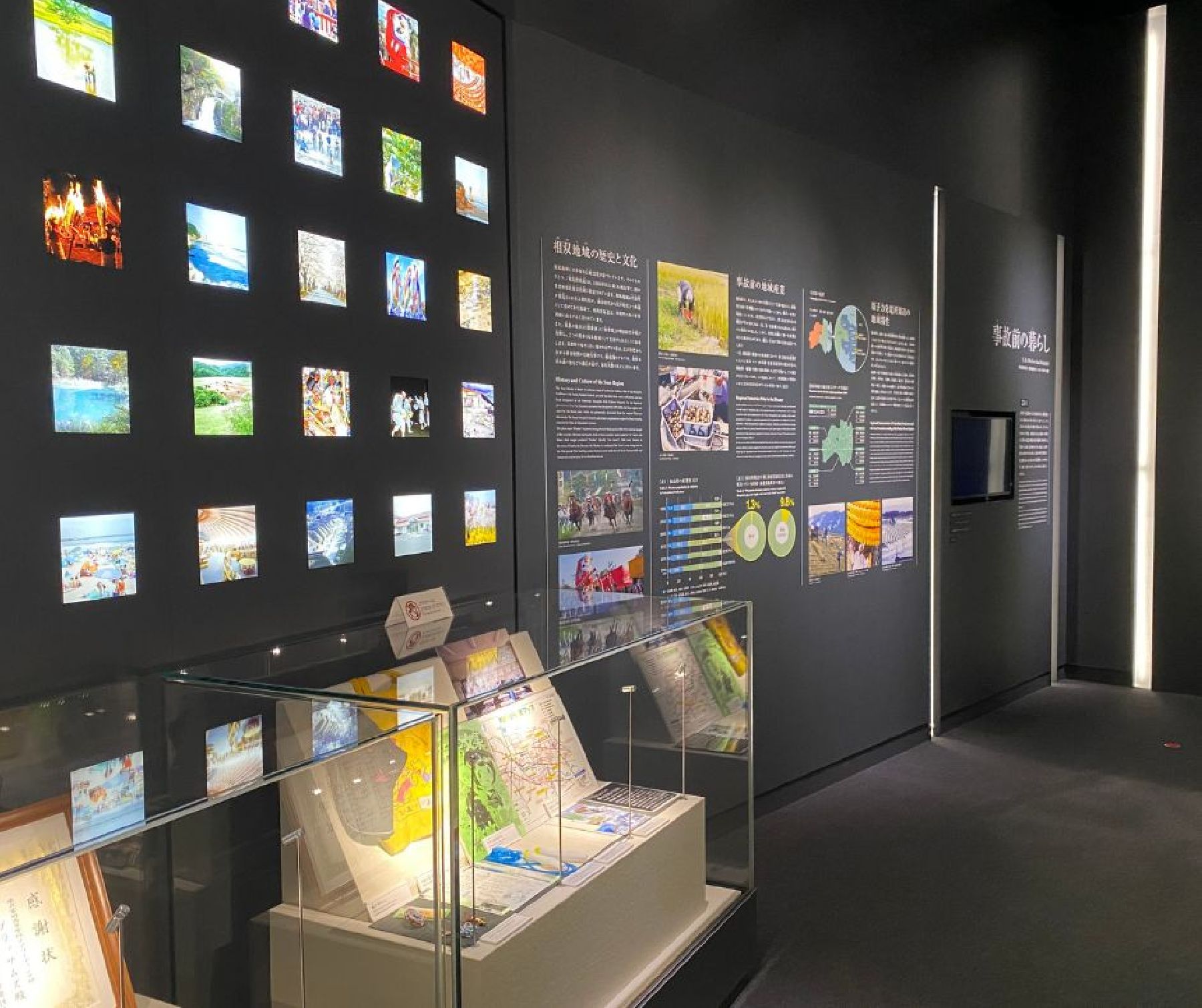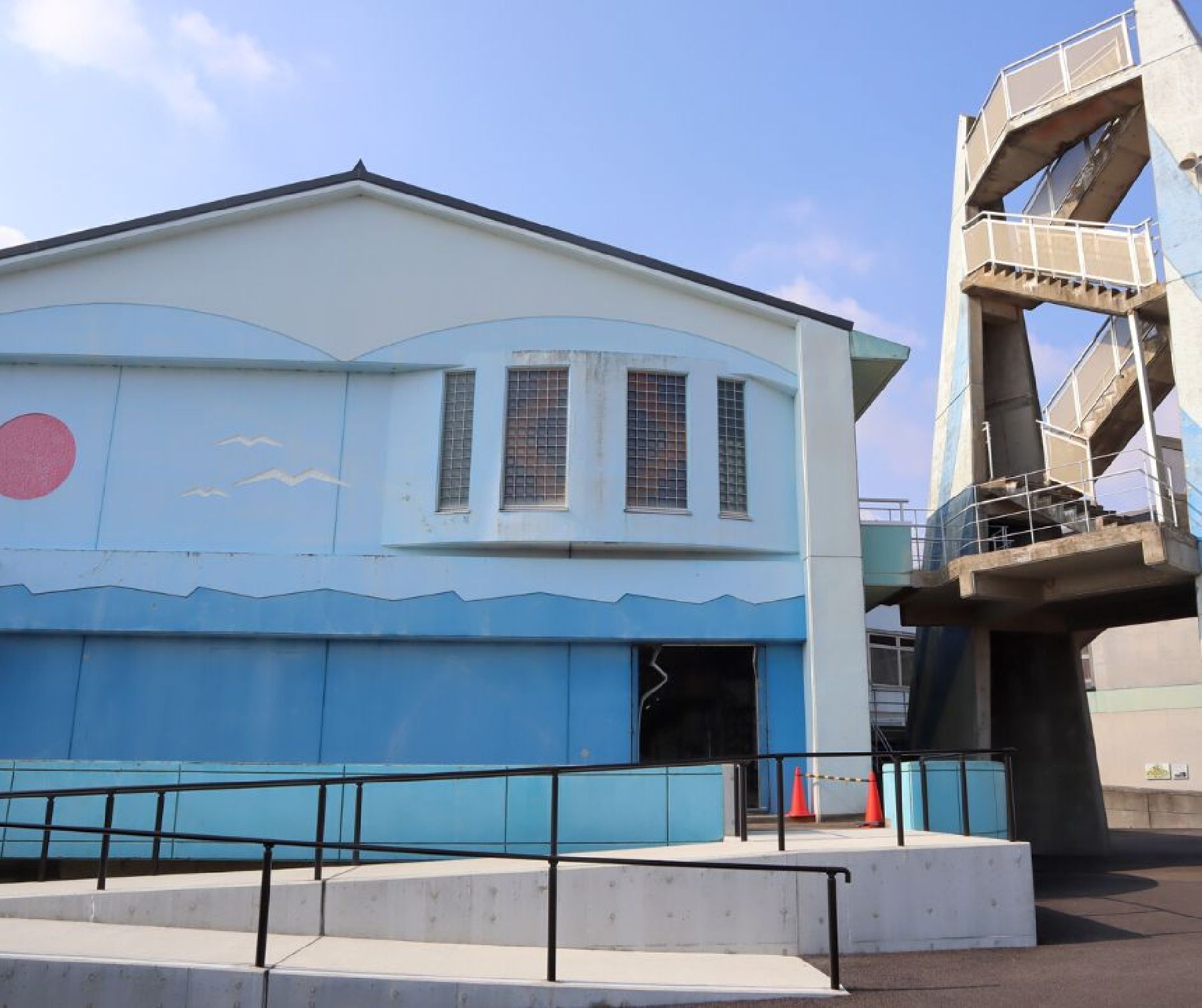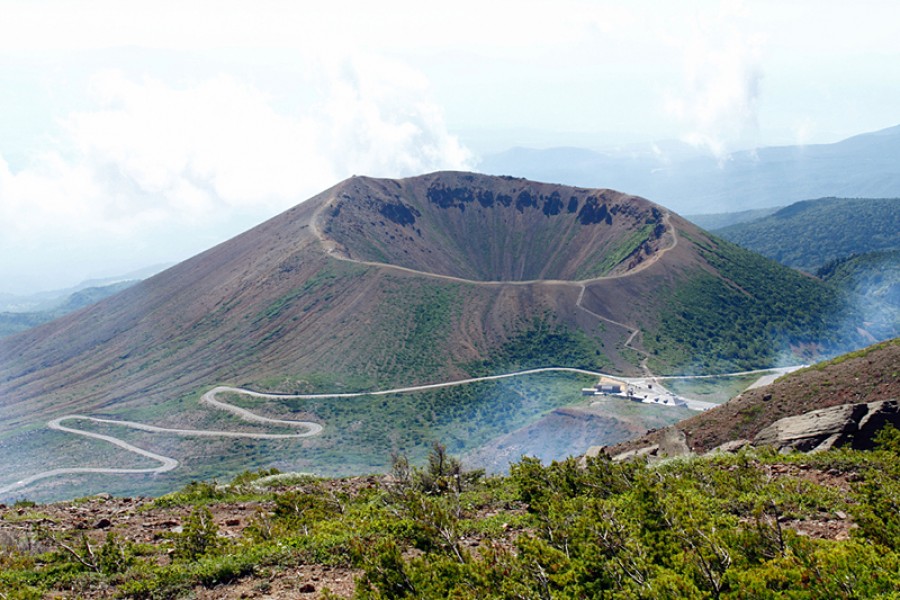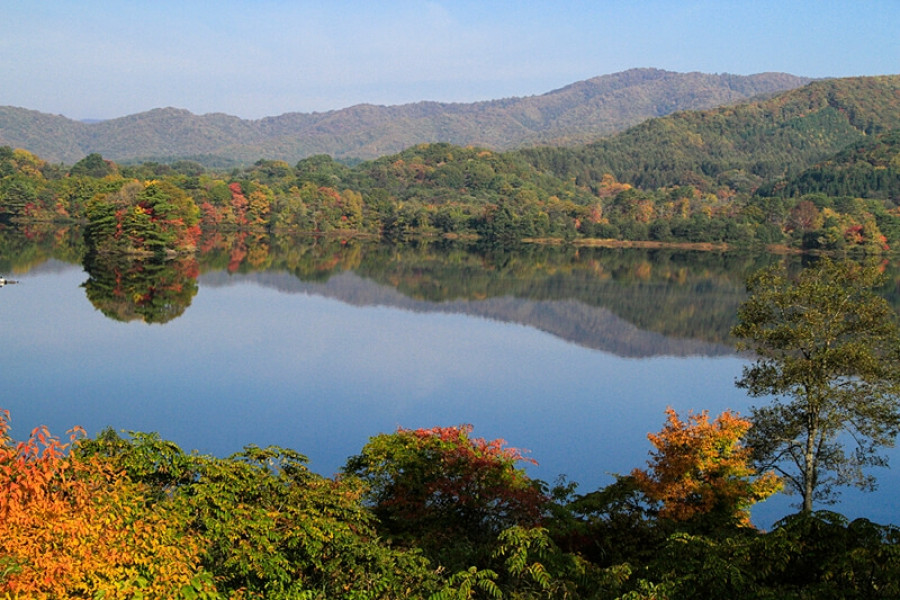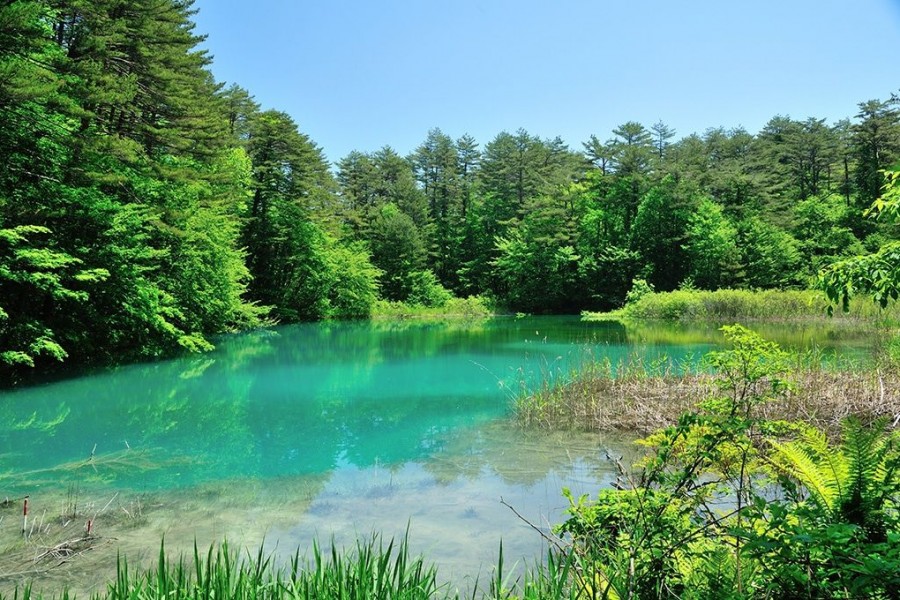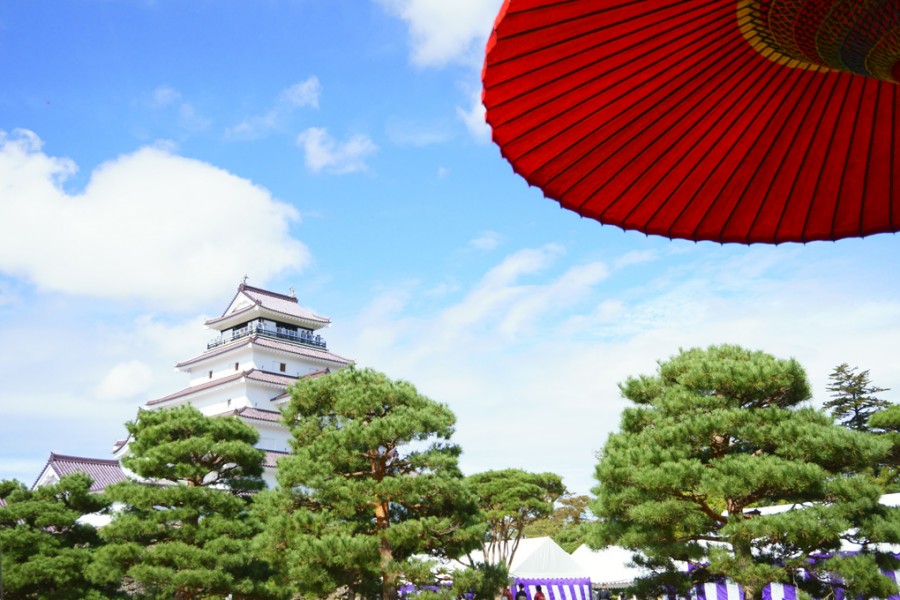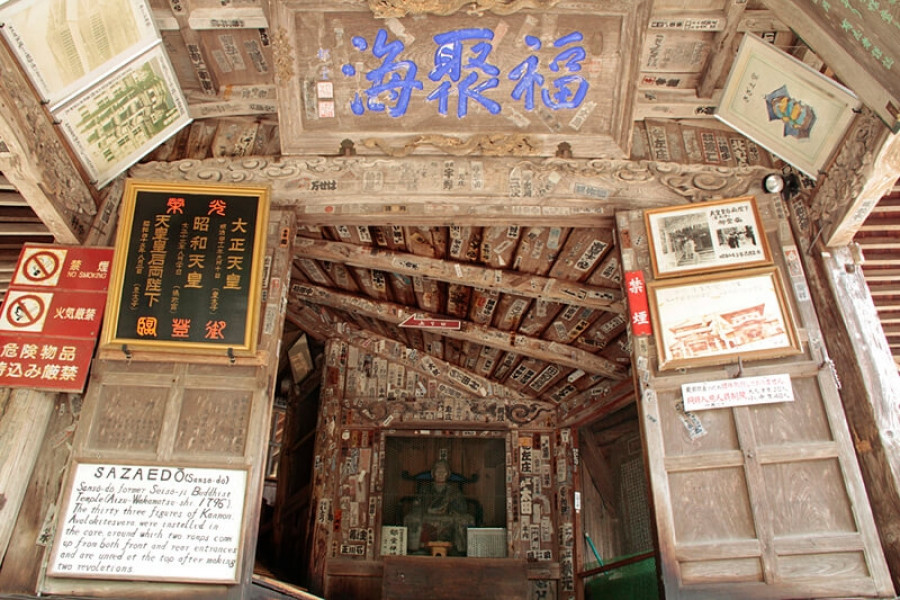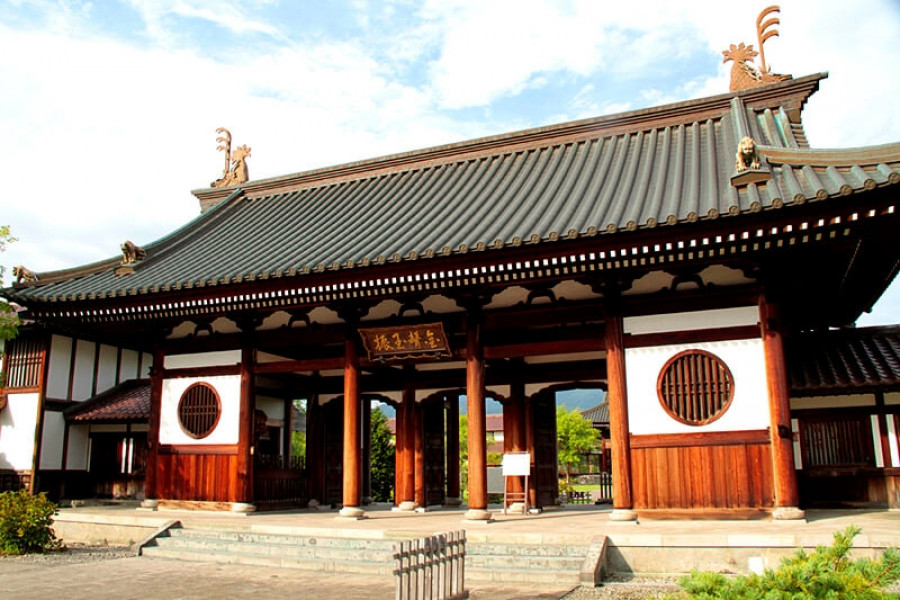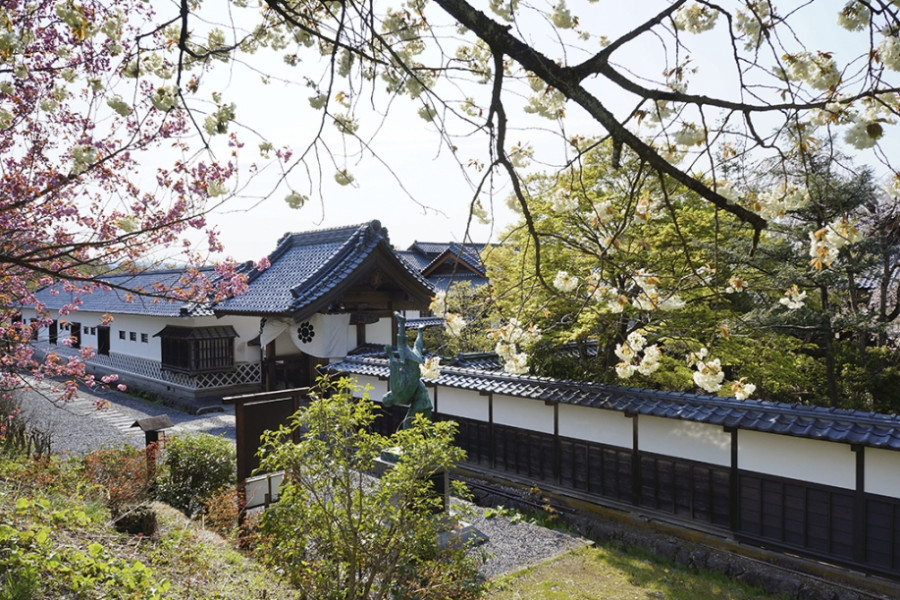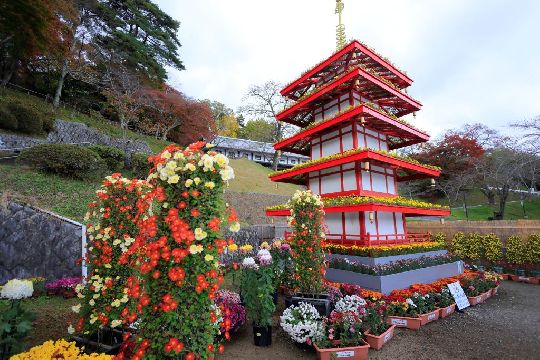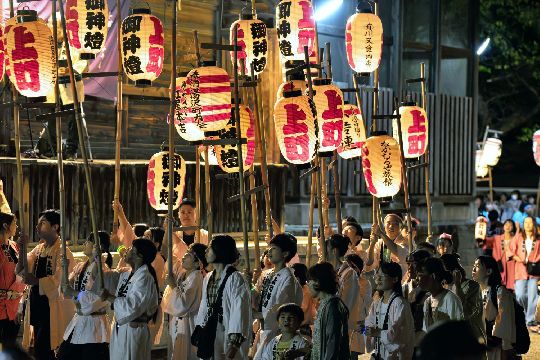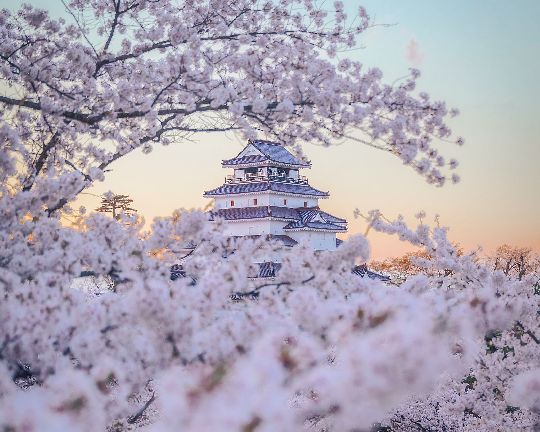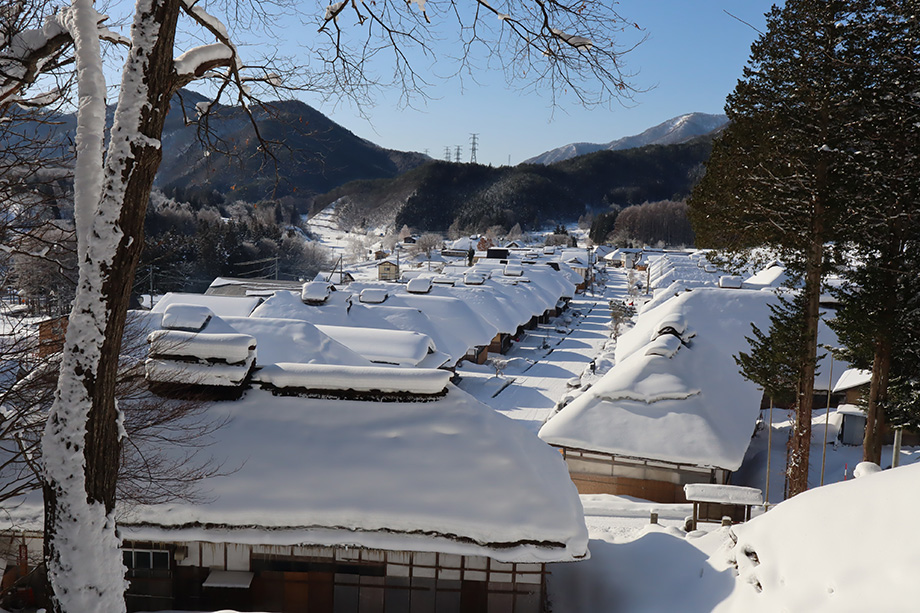
Ouchi-juku Hange Festival
Held every year on July 2, the Ouchi-juku Hange Matsuri (‘mid-summer festival’) is a charming festival with hundreds of years of tradition behind it. The festival takes place at the traditional Edo period post town of Ouchi-juku, about 40 minutes south of Aizu-Wakamatsu City. It features a vivid parade featuring men in black eboshi caps carrying around the mikoshi (portable shrine), as well as the famous red-faced Tengu, supernatural creatures seen as spiritual guardians.Originally held to venerate the spirit of Prince Mochihito, an emperor’s son said to have taken refuge here after the Genpei War, the festival is now a broader community event that prays for household safety and strong harvests.Blessings are invoked at 12:00pm at Takakura Shrine, with the parade starting from 12.30pm and winding its way slowly through the village until about 3pm. They take breaks at several points, so it’s even possible to duck into a nearby soba restaurant for lunch. (A great time to try negi-soba, the Ouchi-juku speciality of soba eaten with a long onion!)

